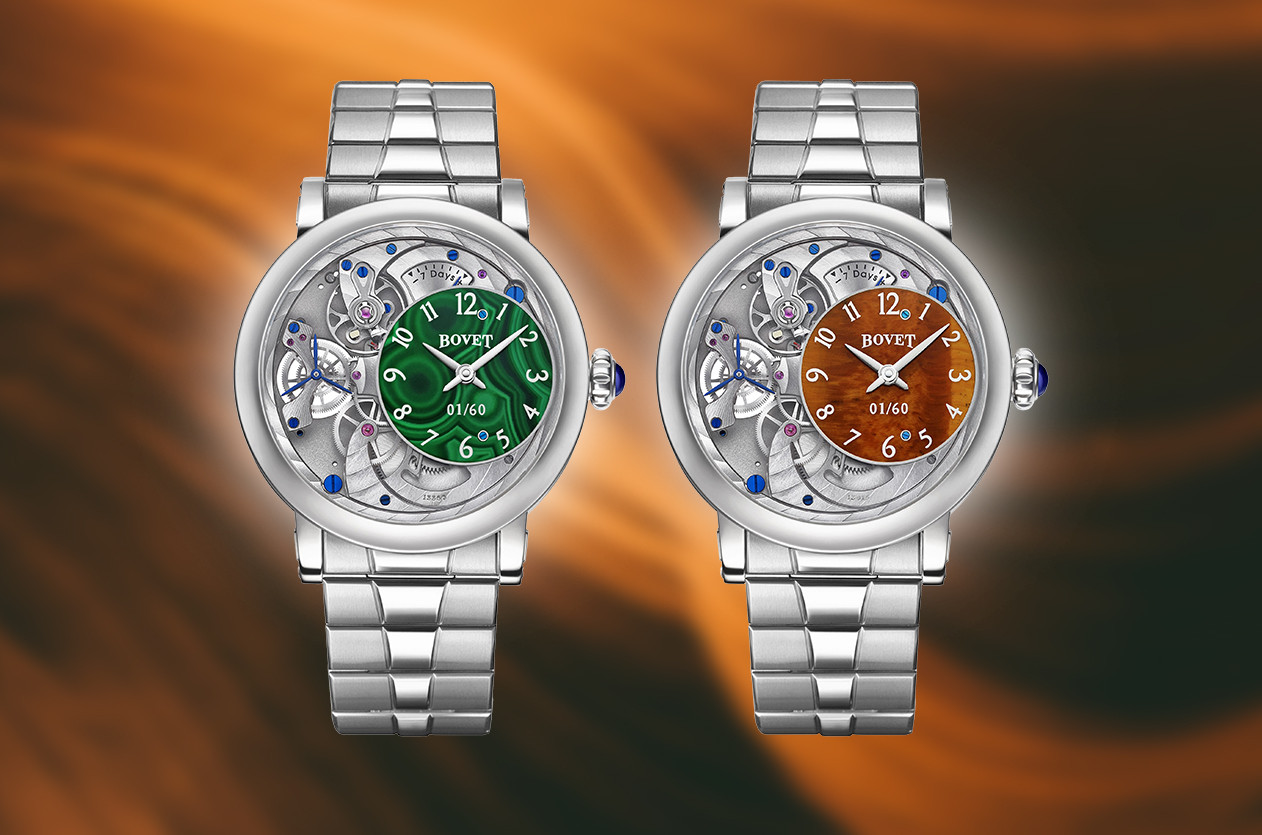
Introducing Bovet Expands the Récital 12 Collection With Rare Gemstone Dials
Welcome to the hub of the horoloy
A Simple Dress Watch That Became an Icon of Elegance
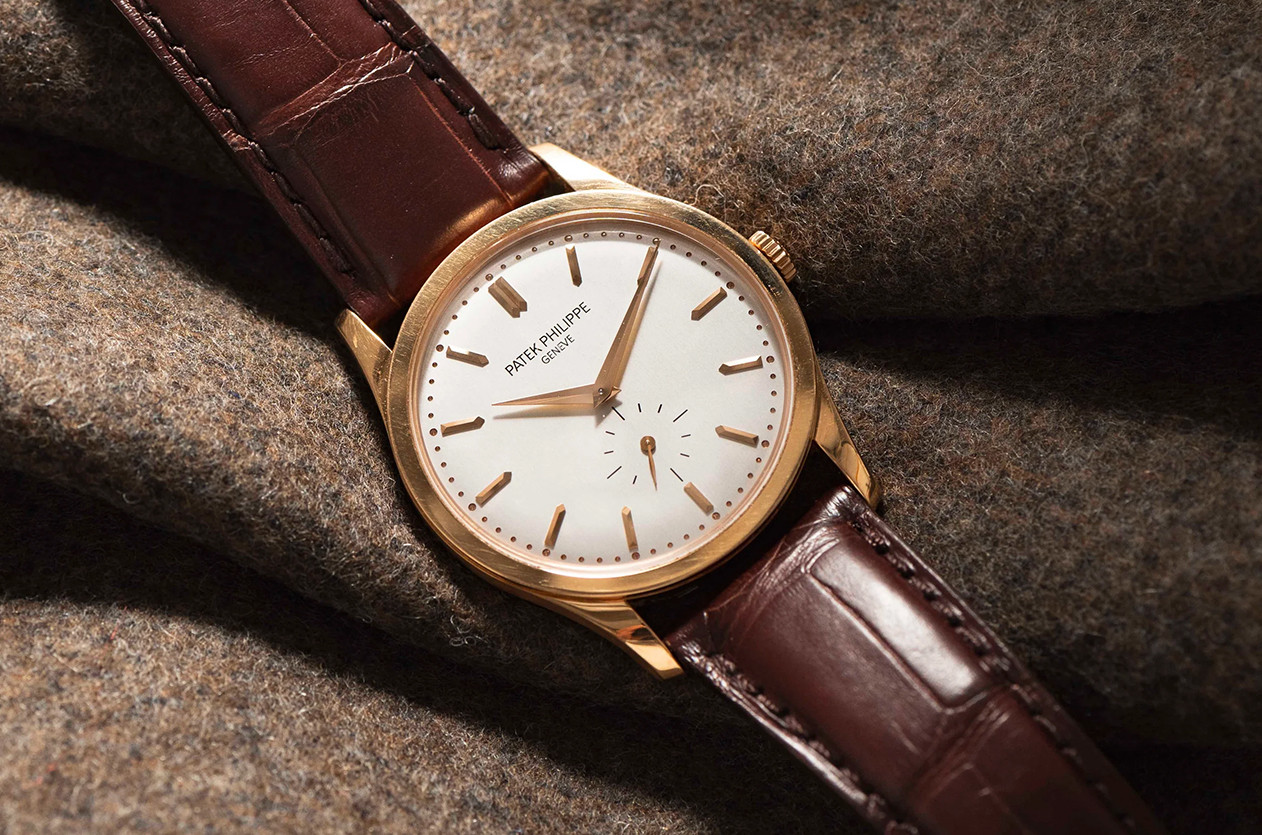
The Patek Philippe Calatrava is one of the most famous dress watches among collectors. A luxurious, time-only watch, it represents the epitome of understated elegance. In contrast, the Nautilus and, to a lesser extent, the Aquanaut dominate as the brand’s iconic sports watches today. The Calatrava, however, holds a significant place in Patek Philippe’s history.
 Credit luxury London website
Credit luxury London website
As pioneers of numerous technical advancements and creators of highly complicated timepieces, Patek Philippe has always been at the forefront of watchmaking innovation. Yet, it is one of their simplest collections, the Calatrava, that has consistently proven to be a commercial success. This collection embodies the essence of a prestigious dress watch. In this article, we will explore the history of the Patek Philippe Calatrava.
The Launch of the Calatrava
Introduced in 1932, the Calatrava Ref. 96 was the first reference of this iconic collection. But before diving into its creation, it’s important to understand the context of the years leading up to its launch.
 Patek Philippe Reference. 96 Credit Christies
Patek Philippe Reference. 96 Credit Christies
The Great Depression, triggered by the 1929 stock market crash in the United States, had a profound impact on the global economy. With the American market playing a crucial role in international trade, the effects of the crash quickly spread worldwide, particularly to Europe, which was still recovering from World War I.
In Geneva, Patek Philippe’s management felt the economic downturn acutely. The company had overextended itself financially, and this crisis forced them to make critical decisions that would shape their future. Among these was the choice of a buyer. While their movement supplier, LeCoultre, showed interest, the company ultimately accepted an offer from their dial maker, Stern Frères, led by brothers Charles Henri and Jean Stern. This decision marked the beginning of the Stern family’s stewardship of Patek Philippe, a legacy that continues to this day. We have previously discussed the company's history in detail in this article.
 Ref. 5196 Credit luxury London website
Ref. 5196 Credit luxury London website
Amid these transformative changes, the Ref. 96 was born in 1932. Although it wasn’t yet known as the Calatrava, this watch was a groundbreaking release. Featuring a conservatively sized 31mm solid gold case, flat bezel, and simple lugs, it was perfectly suited to the design sensibilities of the era.
 Patek Philippe Calatrava Reference 5227. Left to Right: Ref. 5227J (Yellow Gold), Ref. 5227G-010 (White Gold), Ref. 5227R (Rose Gold)
Patek Philippe Calatrava Reference 5227. Left to Right: Ref. 5227J (Yellow Gold), Ref. 5227G-010 (White Gold), Ref. 5227R (Rose Gold)
Design and Movement
The Ref. 96 featured a clean, minimalist dial with faceted gold indices, minute-marker dots, and dauphine hands. A subsidiary seconds register at 6 o’clock added functionality, with radial markings and a leaf-style gold hand. The unsigned crown reflected the overall understated design.
 Patek Philippe Ref. 5227J
Patek Philippe Ref. 5227J
Initially, the watch was powered by a manually wound LeCoultre ébauche, a standard practice for Patek Philippe at the time. Notably, Jaeger-LeCoultre movements have powered many iconic Patek Philippe models, including the famous Nautilus Ref. 3711.
In 1934, the Ref. 96 became the first Patek Philippe wristwatch to house an in-house movement: the Calibre 12’”120. This innovation was a direct result of the Stern brothers’ commitment to enhancing the brand’s technical capabilities, with Jean Pfister leading the effort to design and produce proprietary movements.
 Ref. 3417 Credit Phillips
Ref. 3417 Credit Phillips
Notable Variations
The Patek Philippe Calatrava Ref. 96 remained in production for over 40 years (1932–1973), a testament to its immense success. During this time, numerous variations were introduced, offering a wide range of dial configurations. These included versions with no seconds, subsidiary seconds, offset subsidiary seconds, and central seconds.
 Ref. 5524R and Ref. 7234R
Ref. 5524R and Ref. 7234R
The dial designs also showcased diverse indices, including Arabic, Breguet, Roman numerals, and even precious stones. Hand styles varied as well, from dauphine and baton to pencil and leaf designs. This variety played a significant role in the collection’s enduring appeal.
Interestingly, the term "Calatrava" was not associated with the collection during its early years. The name was introduced in the mid-1980s as part of a marketing strategy to highlight the timeless elegance of Patek Philippe’s classic round watches.
The Meaning Behind the Name
The Calatrava collection takes its name from the Calatrava cross, a symbol used by the Calatrava knights who defended the Calatrava fortress in spain. Patek Philippe registered this emblem as a trademark on April 27, 1887. Although the cross began appearing more prominently on the crowns and movements of Patek Philippe watches in the 1960s, its association with the collection underscores its significance to the brand.
 Patek Philippe Calatrava Reference 6006G
Patek Philippe Calatrava Reference 6006G
The Modern Calatrava
Today, the Patek Philippe Calatrava collection includes 13 simple models and six complications. Over the years, the concept of the Calatrava has expanded to include 42mm dual time-zone chronographs (Ref. 5924) and annual calendars (Ref. 5326), alongside its traditional time-only designs.
One standout model is the Calatrava 24-Hour Display Travel Time Ref. 5224, which combines the collection’s iconic elegance with modern functionality, including a dual time-zone feature and a 24-hour display.

Opinion Four Brands Poised to Steal the Spotlight at Geneva Watch Days 2025

News Trump Hits Swiss Imports With 39% Tariffs

News 6th Edition of Geneva Watch Days 2025
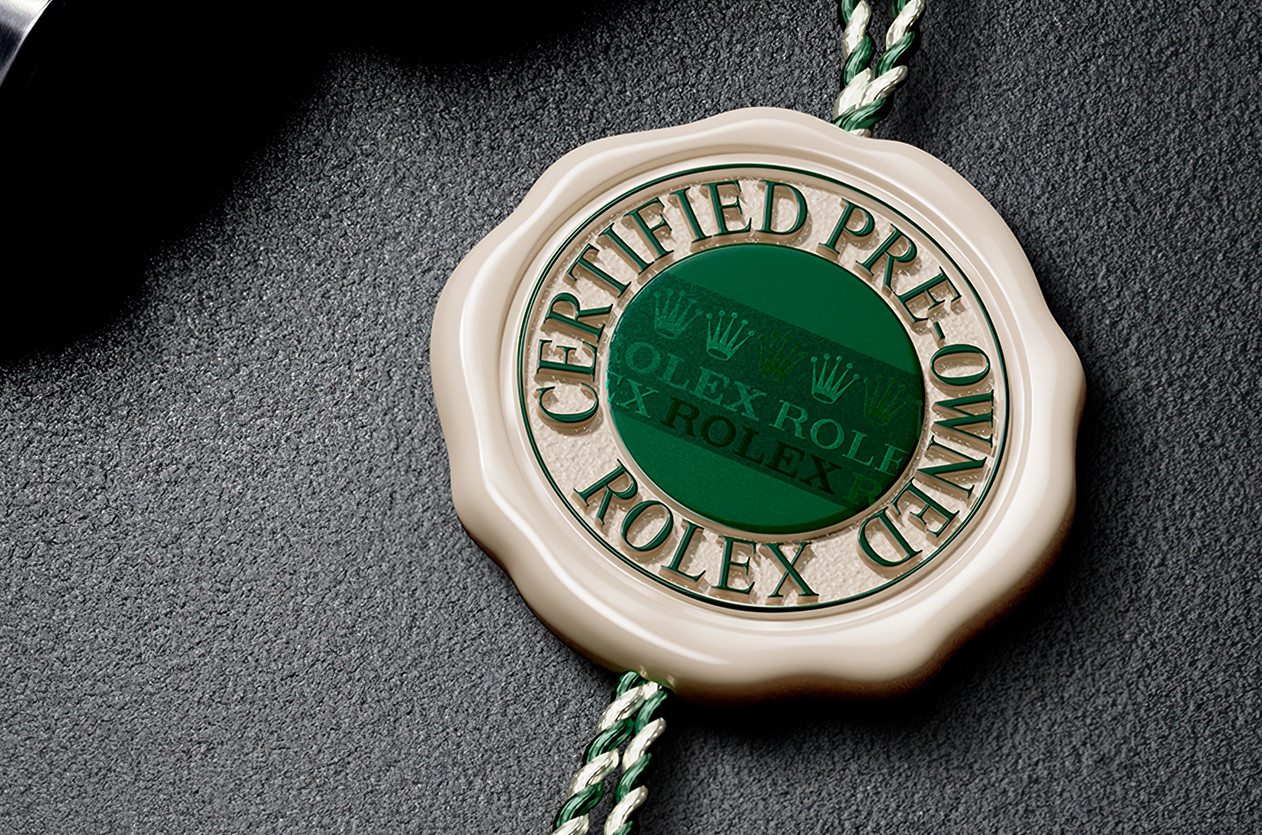
Editorial What is the reason behind the scarcity of Rolex watches in boutiques?

Introducing H992: A New Independent Brand Rising in Swiss Watchmaking

News Dubai Watch Week 2025 Will Be the Largest Ever with 90 Brands Participating

Technical The Frequency, Why It Matters in Mechanical Watches

Editorial The Secrets of Watch Case Design
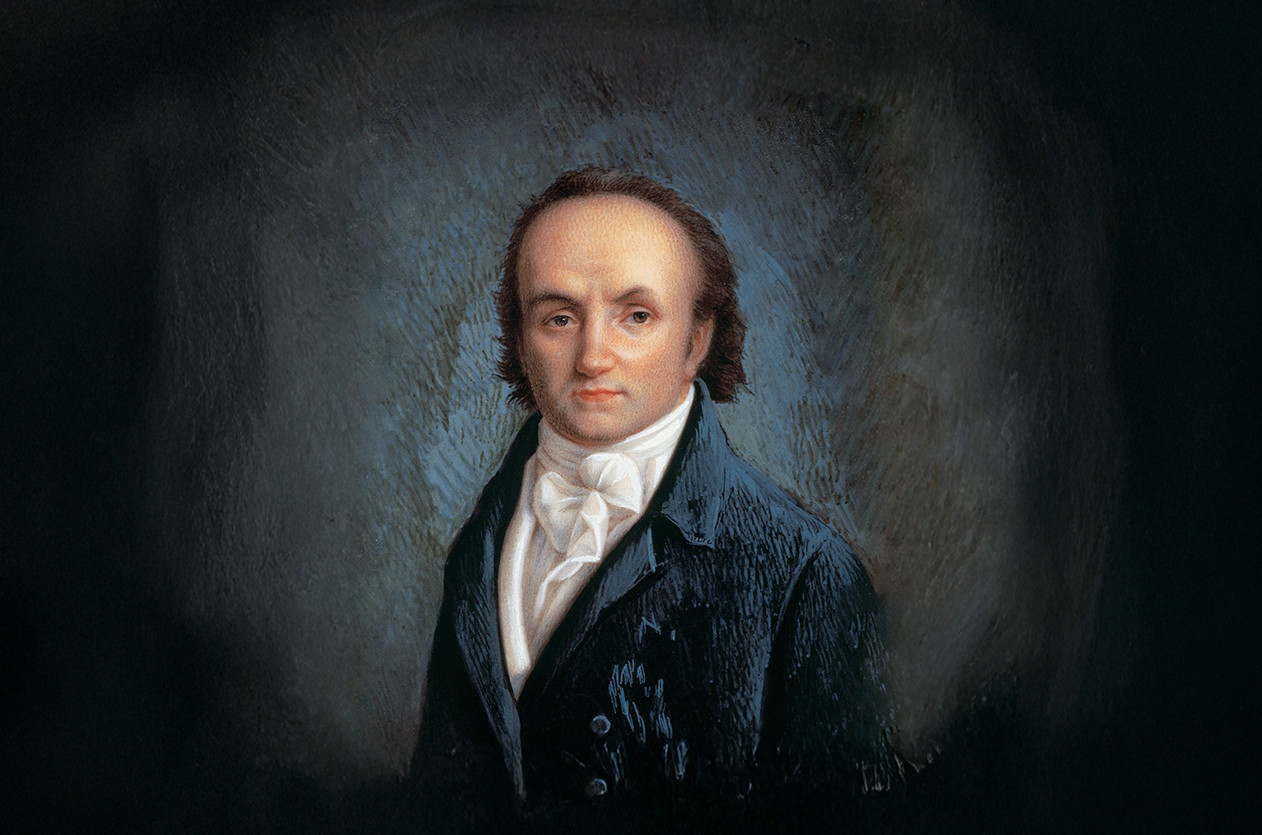
Editorial Abraham-Louis Breguet, The Father of Modern Horology
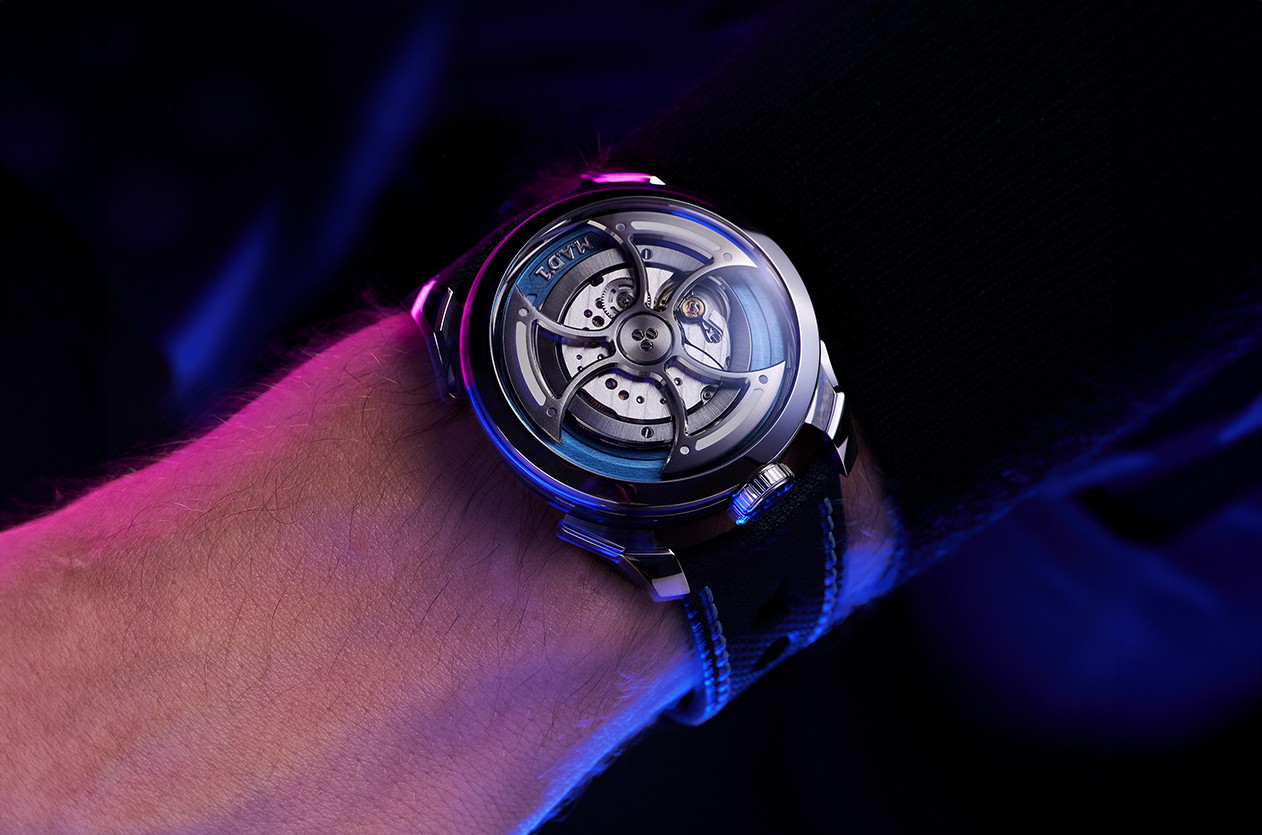
Introducing MB&F Unveils the New Generation of Its Famous Collection the M.A.D.1S
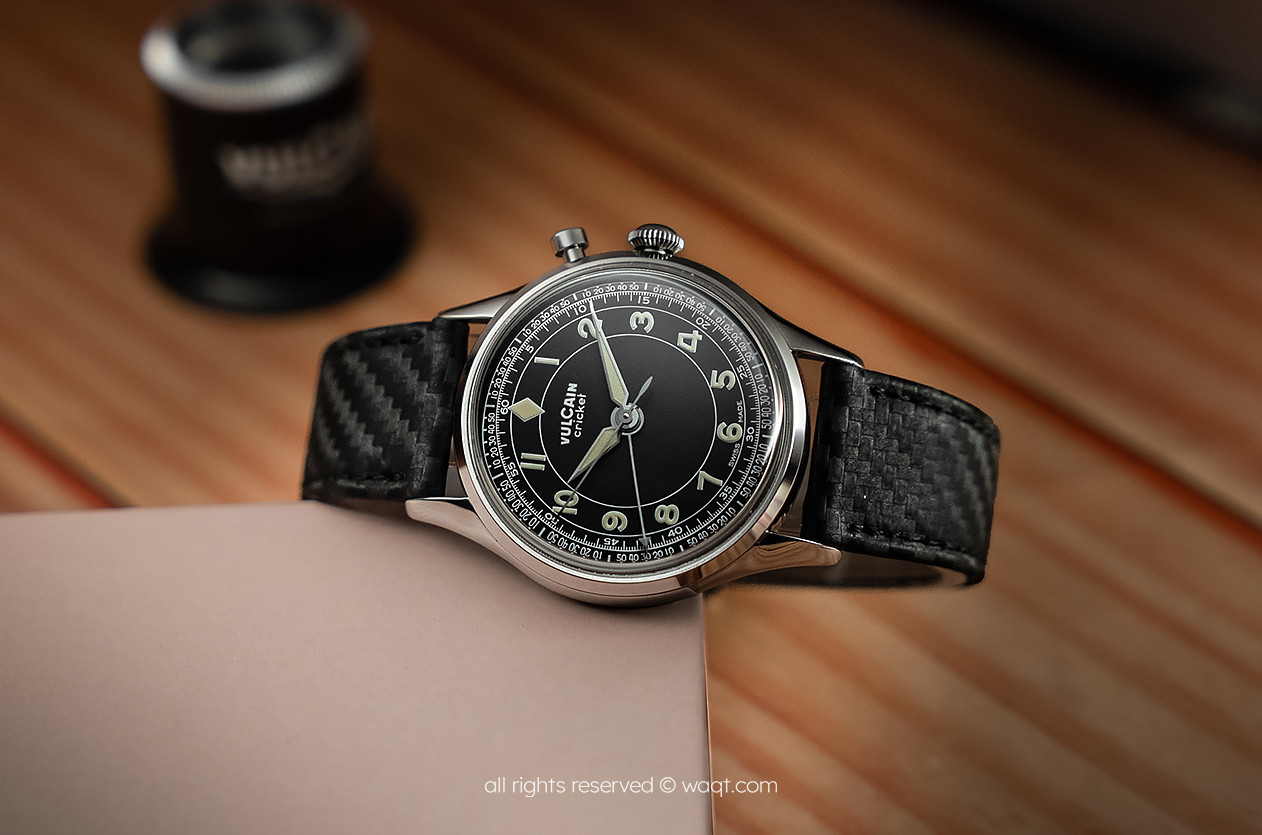
Hands on Vulcain Cricket Classic 39mm Black & Khaki
Comment Delete Text
This page is available in English only. Please click below to visit Arabic Home page!